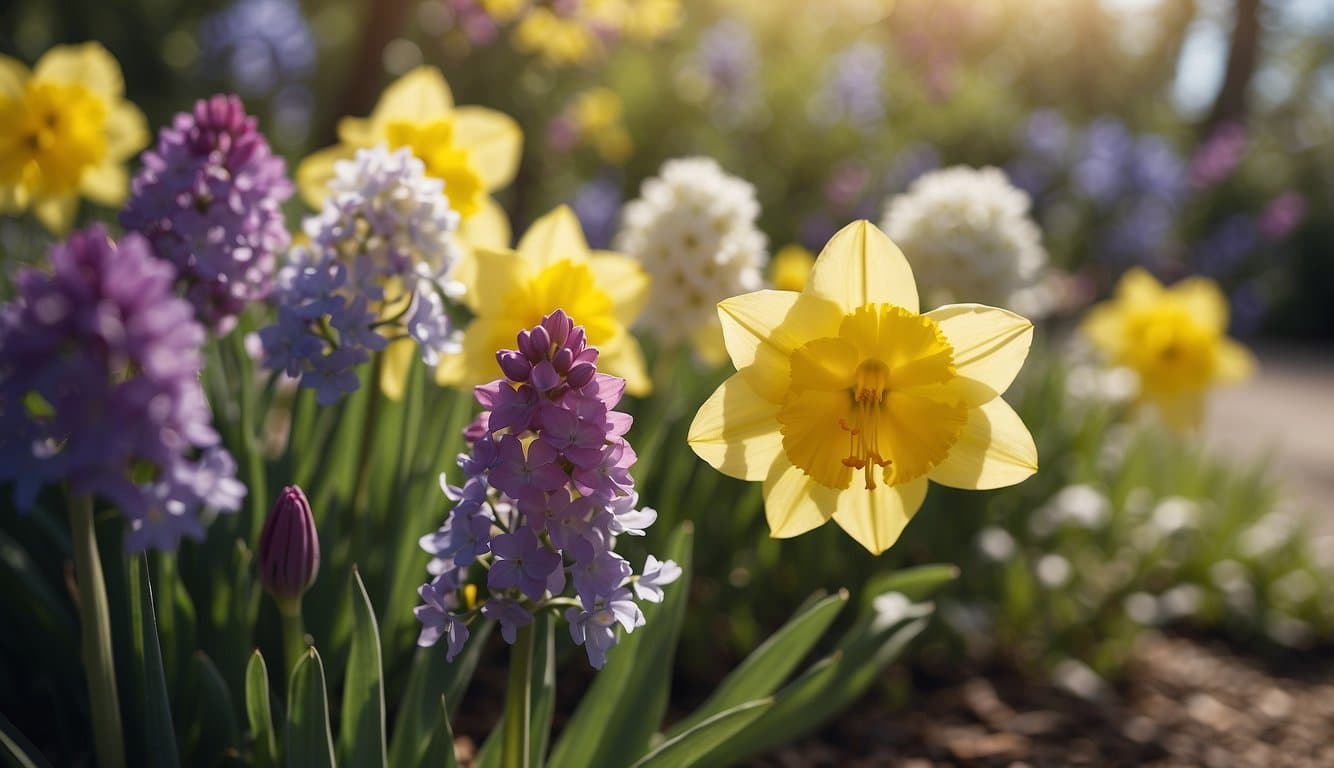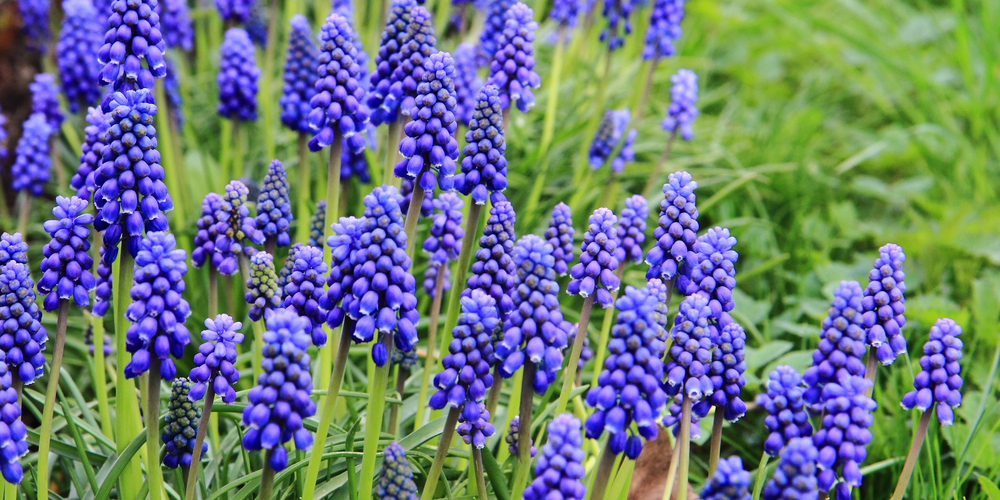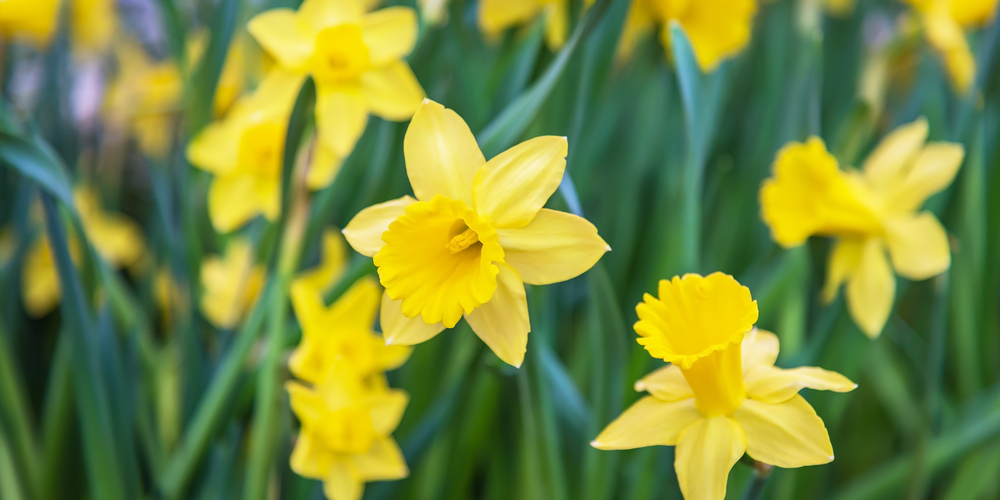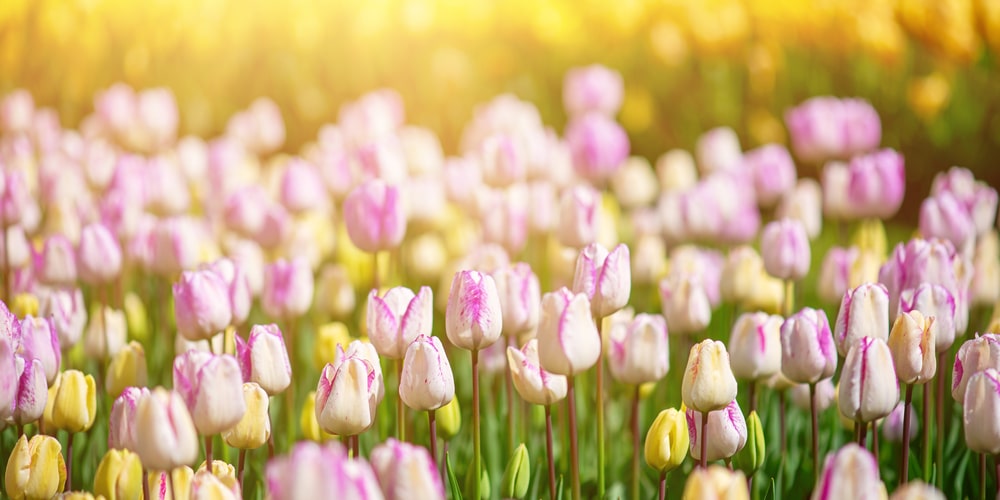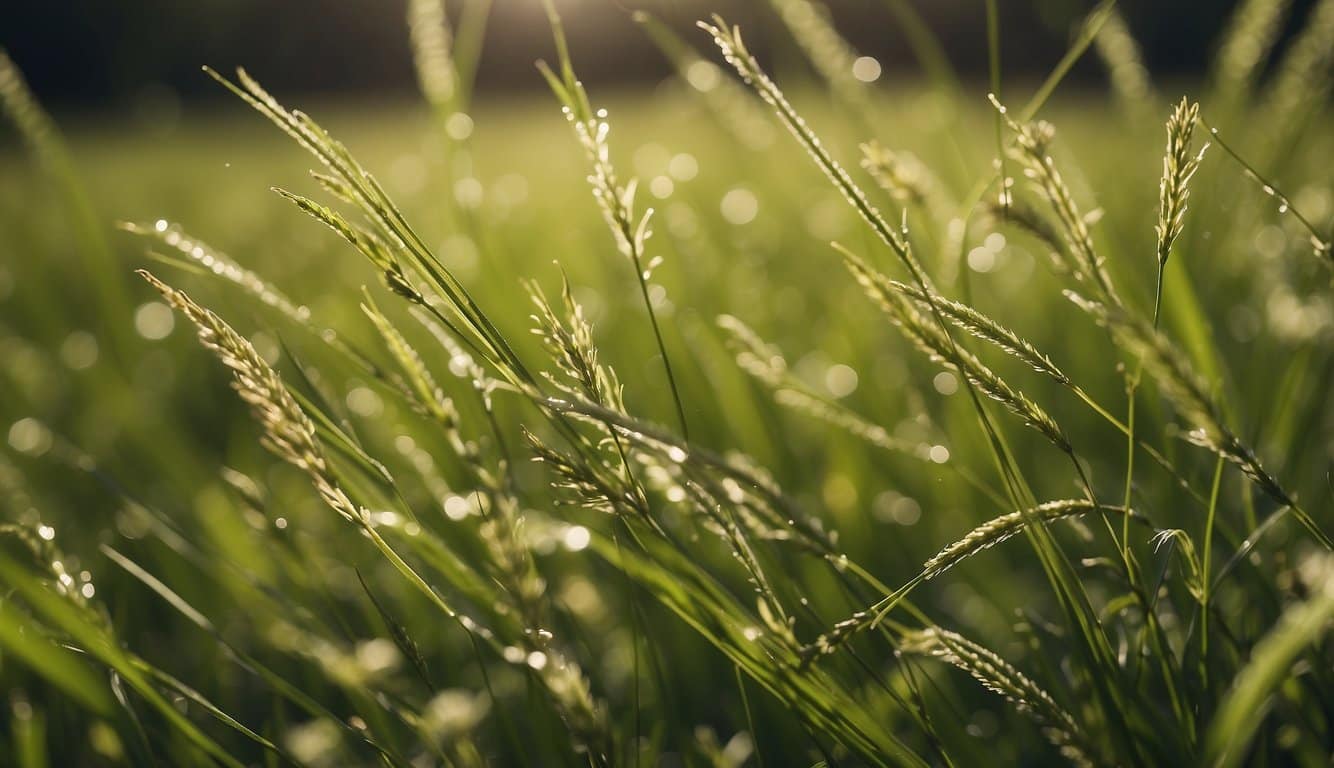Allergies and Flower Pollen
Allergies can dampen the enjoyment of spring’s blossoms.
As a lover of the outdoors, it’s important to know which flowers are your friends come springtime.
Here’s what you need to know about flower pollen and its connection to allergies:
- Pollen and Allergies: Pollen is a fine powder released by flowers for reproduction. For some, this pollen can trigger allergic reactions. Symptoms range from sneezing and a runny nose to more severe reactions depending on your sensitivity.
- Flower Structure: Not all flowers are created equal in the eyes of an allergy sufferer.
- Flowers with bright, showy blooms tend to be pollinated by insects and usually produce less airborne pollen.
- On the other hand, flowers that rely on wind for pollination can be more problematic as they release larger quantities of pollen into the air.
Consider these points for a sniffle-free season:
- Select Low-Pollen Flowers: Prefer blossoms like daffodils or hydrangeas, which have lower pollen counts and are less likely to trigger allergies.
- Beware of High-Pollen Producers: Steer clear of plants like chamomile and chrysanthemums, which tend to release more allergenic pollen.
Top Hypoallergenic Spring Flowers
When spring arrives, so does the need for allergy-friendly floral options.
If you’re looking to enjoy the season with minimal sneezing and discomfort, consider planting these low-pollen flowers that are less likely to trigger allergies.
Hyacinths
- Appearance: Hyacinths boast dense, star-shaped flowers with a rich color palette that includes shades of purple, pink, white, and blue.
- Allergy Factor: These flowers produce less pollen and are generally safe for allergy sufferers.
Daffodils
- Traits: With their iconic trumpet-shaped blooms, daffodils are a symbol of spring’s arrival.
- Allergen Information: Daffodils are considered low in pollen and appropriate for those with sensitive noses, making them a bright addition to your allergy-friendly garden.
Tulips
- Visual Appeal: Tulips come in a vibrant array of colors and are beloved for their elegant, cup-shaped flowers.
- Allergy Consideration: Known for being low on fragrance and pollen production, tulips are a safe choice for reducing the likelihood of springtime allergies.
Gardening Tips for Allergy Sufferers
When tailoring your garden for allergy sensitivities, selecting hypoallergenic plants and the right soil, along with maintaining a low-pollen environment, are essential steps for your comfort.
Choosing the Right Soil
- Peat-Free Potting Mixes: These are often ideal for allergy sufferers as they contain less mold and are less likely to trigger symptoms.
- Well-Draining Soil: Enhance soil with sand or compost to improve drainage, reducing standing water that can promote mold growth.
Maintaining Low-Pollen Gardens
- Choose Female Plants: These plants trap pollen rather than producing it, aiding in reducing pollen count in your garden.
- Regular Garden Maintenance: Keep grass cut short and remove weeds to minimize pollen production.
- By including specific plants such as female cultivars, which do not produce pollen, you’re contributing to a better breathing environment in your garden area.
- Frequent trimming and weed removal are proactive steps that effectively lower pollen levels and keep your garden looking tidy.
Alternative Options for Allergy Sufferers
Finding the right flowers for your garden or home that won’t trigger allergies can be a breath of fresh air. Here are specific, ideal solutions for keeping your spaces vibrant without the sneeze factor.
Artificial Flowers
- Visual Appeal: Enjoying the beauty of flowers without the allergens is possible with artificial flowers. They offer a lasting aesthetic without the worry of pollen or scents.
- Maintenance-Free: With no need for watering or sunlight, artificial flowers provide a hassle-free option, always looking fresh and full.
Flower Substitutes in Landscaping
- Greenery: Incorporating a variety of foliage plants, such as hostas or ferns, can create a lush landscape without the pollen worries.
- Rocks and Stones: Design areas using rocks, gravel, and decorative stones for a pollen-free, visually appealing garden structure.
Frequently Asked Questions
When seeking the best spring flowers for allergy sufferers, it’s crucial to choose varieties low in pollen, hypoallergenic options, and plants that ensure a garden filled with color without the sneeze factor. Here are some specific questions to help guide you in making informed decisions.
Which flowers typically have the lowest pollen levels for allergy sufferers?
Low-pollen flowers are mostly those that are pollinated by insects rather than wind. Some of the most friendly options for your garden include:
- Hydrangeas, which have large, showy flowers with minimal pollen.
- Peonies, with dense petals that trap pollen.
- Roses, particularly hybrid tea roses, which are less likely to affect allergies.
What options are available for hypoallergenic bouquets?
For those looking to create or gift bouquets without triggering allergies, consider:
- Varieties like the low-pollen lily, which also come in unscented options.
- Irises and pansies, both of which are attractive and allergy-friendly.
Can you recommend any flowers that are safe for indoor environments for individuals with allergies?
Selecting the right indoor flowers can make your space bloom safely. Some good choices include:
- Orchids, as they trap pollen in their waxy coating, preventing it from becoming airborne.
- Geraniums, known for their vibrant colors and for being gentle on the nose.
What are suitable alternatives to high-pollen flowers for those with hay fever?
If hay fever is a concern, swap high-pollen flowers with:
- Astilbe, which has feathery plumes and is mostly insect-pollinated.
- Snapdragons, with tightly closed flowers that reduce pollen exposure.
Are there any outdoor plants recognized for being more allergy-friendly?
Yes, you can adorn your garden with:
- Columbine, which offers unique, intricate flowers and doesn’t rely on the wind for pollination.
- Boxwood shrubs, which are considered more allergy-friendly due to their reduced pollen distribution.
What precautions can be taken when sending flowers to someone with floral allergies?
To minimize allergy risks, consider:
- Choosing florist-designed arrangements that prioritize hypoallergenic flowers.
- Requesting the use of flowers such as the daffodil or tulips, which are better options for sensitive individuals.
Last update on 2025-04-01 / Affiliate links / Images from Amazon Product Advertising API



